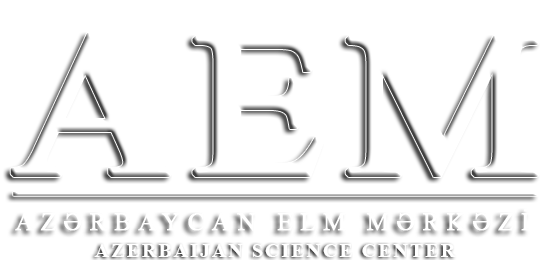https://doi.org/10.36719/2789-6919/43/50-53
Banovsha Asgarova
Azerbaijan State Pedagogical University
https://orcid.org/0009-0001-8610-178X
banovshaasgarova85@mail.ru
Socio-Linguistic Analysis of Phraseological Units Expressing Kinship in Languages of Different Systems
Abstract
Phraseological units are figurative linguistic units that reflect the life experience, historical past, customs and traditions, mentality, wisdom, resourcefulness, and ability to cope with complex situations of each people. Phraseological units that have stood the test of time and passed from generation to generation as the most valuable relics, while maintaining their communicative and expressive richness, are gradually polished, refined, increase in meaning, figurativeness, and acquire new shades of meaning. Although the ways and methods of the formation of phraseological units in all languages of the world are not the same, they have many similar and universal aspects. This can be explained, first of all, by the influence of intralinguistic and extralinguistic factors.
Some phraseological units are formed on the basis of the lexicon of kinship terms. Phraseologisms formed with the participation of kinship terms are widespread in all languages of the world. Interestingly, in this regard, a closeness is felt in all existing language systems. In this regard, universal features that unite different languages attract more attention. Phraseologisms formed with kinship terms are units formed with the participation of words that indicate any kinship, indicating the relationship of family members. Words expressing kinship concepts are used in all styles and, as components of phraseological units, express a special expressive, stylistic shade
Keywords: phraseological combination, linguistic analysis, term, method, ethnographic material

